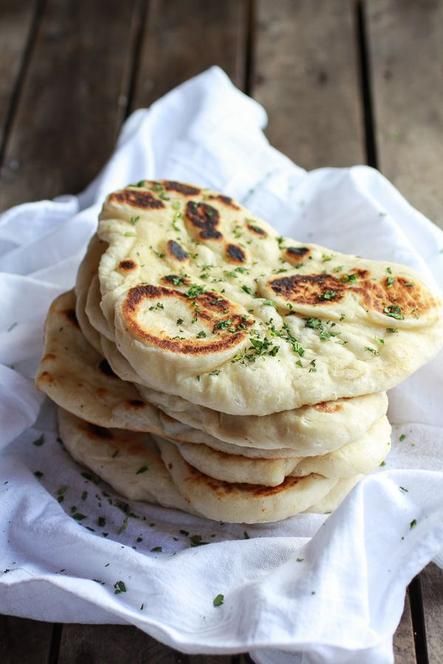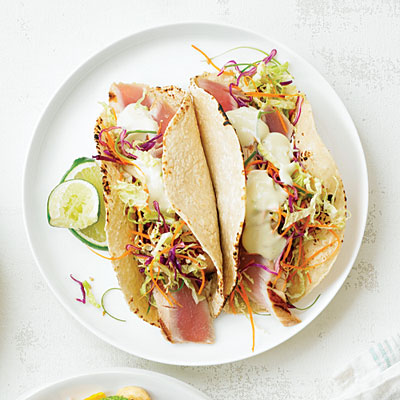Although I’m not a full-time vegetarian, there have been some periods in my life when I’ve challenged myself to try living without meat at least for a month. And though this would seem as a total nonsense for some serious meat lovers, I actually found this experiment really amusing and useful. First of all, limiting oneself may enhance kitchen creativity – knowing that some particular ingredients are literally off the table, you must find some alternatives which are preferred to be as enjoyable and nutritious. Another thing I noticed while being a one-month vegetarian – I was way less likely to eat too much; therefore I was feeling better most of the time. However, choosing a slightly different way of eating requires some preparation and responsibility – if you decide not to use some products anymore, there has to be some reasonable alternatives chosen. Otherwise you would start feeling tired & powerless, and this is surely not your goal!
Root vegetable stew – a great vegetarian food choice. Photo source: Chow.
There are lots of cuisines that are ready to inspire someone who is up for some vegetarian food. Take Indian cuisine as an example – they enjoy quite some veggies as well as various dairy products such as paneer or dahi (indian yoghurt); furthermore, Indians choose different spices or sauces which may totally change the dish, therefore it will never get boring (coconut curry, minted yoghurt, tomato cream sauce – you name it). Due to religious reasons most Buddhist sects advocate for either vegetarian or vegan cuisine – so you see, some people even go further with refusing to eat dairy products and they are totally capable of living such a lifestyle. Though let’s not generalize – there are lots of people who simply decide to quit meat not basing their choice on any religious or cultural reasons, and the food that they prepare can be really, really good.
Red lentils and spinach in masala sauce. Photo source: Naturally Ella.
Time to share some delicious vegetarian recipes. What I probably like the most are veggie pancakes – there can be different types of them depending on the vegetables you prefer, but the ones we do at home include grated carrot and zucchini. We cook it pretty much the same as shown in this zucchini, carrot and corn pancakes recipe, except for the corn and Parmesan part. Another amazing meatless dish, potato gratin, requires some self-control – although it may not be the most dietary meal in the world as it includes butter and cream, it’s really good; so let’s just have a piece of it and not the entire cooking tin (it can be really hard not to do that sometimes). Potato gratin will prove you that potatoes, by cooking them in a different way, can develop a texture that you didn’t experience before – in gratin, they’re creamy and mouthwatering. Go on an try it out using this great recipe by Martha Steward herself – you won’t be disappointed at all. Lastly, Japanese-style tempura vegetables is that special something that could either be an appetizer or a side dish – tempura dough makes the vegetables taste and look different, and it proves how basic veggies can be changed into something unfamiliar. Check this vegetable and shrimp tempura recipe with video to learn more.
Vegetable tempura – totally worth trying. Photo source: New York Times.
Surely there are lots of ways to cook some amazing vegetarian dishes; however, I suppose that the best suggestion for anyone is to keep cautious about what he/she eats. Too much of anything is never healthy, so just keep the balance, try including a wide variety of nutritious products & you’ll be healthy and, most importantly, happy.






































